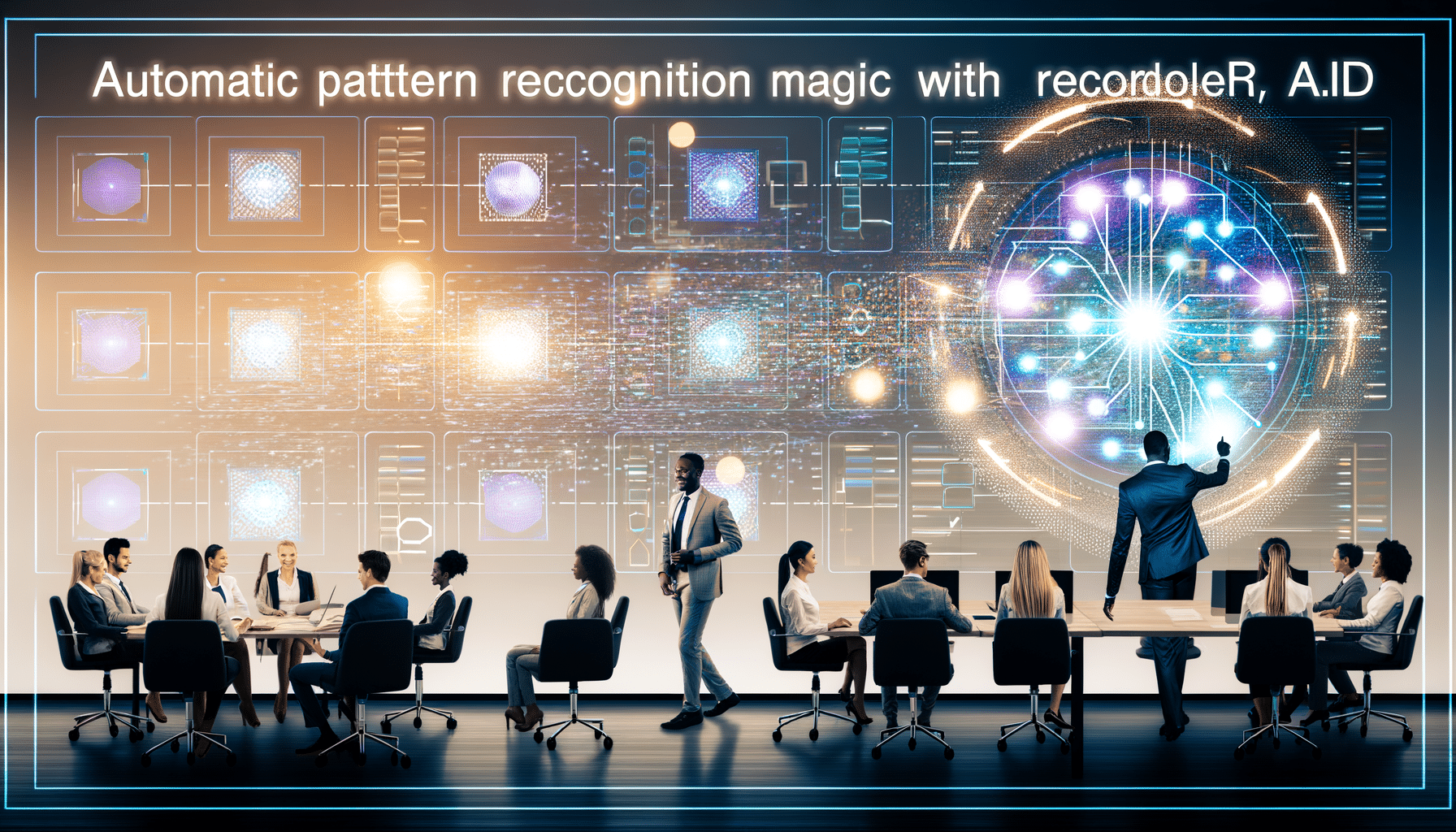- AI in Data Analysis
- June 1, 2023
AI for Identifying Data Gaps in Historical Records

Exploring How AI Is Transforming the Identification of Data Gaps in Historical Records
In the age of information, managing records effectively has never been more crucial. RecordsKeeper.AI stands at the forefront of revolutionizing how we handle historical records, leveraging the profound capabilities of AI to identify data gaps that were previously undetectable. As I delve into this topic, I’m excited to share insights that can fundamentally change how organizations approach historical data.
The Challenge of Managing Historical Records
Managing historical records can be overwhelming. These records often have significant gaps, resulting in incomplete information that can hinder decision-making processes and compliance efforts. Identifying these gaps manually is not only time-consuming but also prone to human error. AI offers a transformative solution.
AI’s sophisticated algorithms can go through vast amounts of data in a fraction of the time it would take a human. It identifies anomalies, predicts missing information, and helps compile a comprehensive dataset. This not only streamlines the process of managing historical records but also ensures greater accuracy and efficiency.
Understanding Data Gaps
To discuss how AI fills data gaps in historical records, it’s essential to understand what these gaps signify. Data gaps represent missing, incomplete, or inconsistently recorded information within datasets that can affect an organization’s ability to function optimally. Such issues are particularly common in legacy systems where data collection methods were neither consistent nor reliable.
In the context of compliance and regulation, overlooking these gaps can lead to severe consequences, including penalties and loss of trust. Therefore, addressing data gaps should be a top priority for anyone responsible for record management.
How AI Works in Identifying Data Gaps
At RecordsKeeper.AI, we harness the power of AI to tackle this challenge head-on. Our platform uses advanced machine learning models to parse through historical records, detecting patterns and discrepancies indicative of data gaps. Here’s how AI accomplishes this:
- Data Integration: AI algorithms compile data from various sources, filling in missing pieces by predicting values based on existing records.
- Anomaly Detection: By analysing patterns and trends, AI can spot irregularities indicative of data gaps.
- Predictive Modelling: Machine learning models predict potential data gaps by recognizing patterns in historical data.
Such capabilities ensure that historical records are not only complete but also reliable.
Filling Gaps in Historical Records with Precision
Once AI identifies the data gaps, it proceeds to fill them using predictive analytics. It analyzes similar datasets to predict what the missing information might be, significantly enhancing the integrity and usability of historical records. This process relies heavily on AI’s ability to learn and adapt, ensuring continuous improvement and accuracy over time.
The outcome? Organizations can operate with confidence, knowing that their historical data is as complete and accurate as possible. This peace of mind is indispensable, especially for compliance officers and legal teams accustomed to the challenges of managing extensive records.
The Strategic Advantage of AI in Historical Records Management
Here at RecordsKeeper.AI, we see AI as more than a tool—it’s a strategic advantage. Identifying and addressing data gaps gives organizations an unparalleled edge. This capability:
- Enhances Decision-Making: Accurate historical records inform better strategies and business choices.
- Improves Compliance: Maintains adherence to regulations by ensuring accuracy and completeness in records.
- Boosts Operational Efficiency: Reduces manual record checks, allowing professionals to focus on high-value tasks.
By modernizing historical records with AI, businesses not only improve their current processes but also set a solid foundation for future growth.
Conclusion
In conclusion, the application of AI to identify and fill data gaps in historical records is reshaping the landscape of records management. At RecordsKeeper.AI, our commitment to leveraging AI for this purpose reflects our broader mission of innovation and excellence in record management.
To all Legal, Finance, and Compliance professionals who are navigating the intricacies of record-keeping, I encourage you to consider how AI can transform your processes. Let’s embrace this cutting-edge technology to enhance our capabilities and achieve unprecedented efficiency in managing historical records.
Together, we can turn what was once a tedious task into a strategic advantage. Follow me, Toshendra Sharma, on this journey as we continue to explore the transformative power of AI across industries.
Toshendra Sharma is the visionary founder and CEO of RecordsKeeper.AI, spearheading the fusion of AI and blockchain to redefine enterprise record management. With a groundbreaking approach to solving complex business challenges, Toshendra combines deep expertise in blockchain and artificial intelligence with an acute understanding of enterprise compliance and security needs.
Related Posts

Automatic Pattern Recognition Magic With RecordsKeeper.AI
Let AI identify and utilize document patterns.
- November 16, 2024

Transform Data Entry into Data Intelligence With RecordsKeeper.AI
How AI turns basic data entry into valuable insights.
- November 16, 2024
Archives
- January 2025
- December 2024
- November 2024
- October 2024
- September 2024
- August 2024
- July 2024
- June 2024
- May 2024
- April 2024
- March 2024
- February 2024
- January 2024
- December 2023
- November 2023
- October 2023
- September 2023
- August 2023
- July 2023
- June 2023
- May 2023
- April 2023
- March 2023
- February 2023
- January 2023
- December 2022
- November 2022
- October 2022
- September 2022
Want to get more content like this?
Signup to directly get this type of content to your inbox!!
Latest Post
Document Control for Equipment Maintenance
- January 20, 2025
Managing Records for Multiple Clients
- January 19, 2025
Handling Conference Documentation
- January 18, 2025
Setting Up Department Record Reviews
- January 17, 2025





